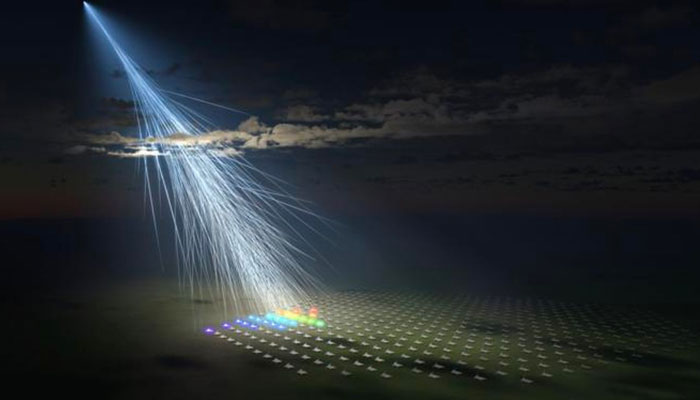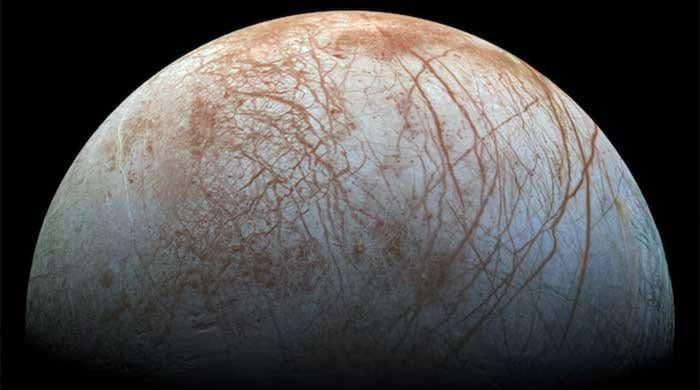Amaterasu: Ultra-high-energy cosmic rays hit Earth, scientists clueless — are they dangerous?
Amaterasu particle emerged from Local Void, an empty space adjacent to Milky Way galaxy
November 24, 2023

Astronomers are grappling with the perplexing discovery of an extremely high-energy particle, named Amaterasu, descending to Earth.
The particle, exceeding 240 exa-electron volts (EeV), ranks as one of the highest-energy cosmic rays ever identified, second only to the Oh-My-God particle detected in 1991 with 320 EeV energy.
The scientific community is puzzled as the Amaterasu particle emerges from the Local Void, an empty space adjacent to the Milky Way galaxy.
Toshihiro Fujii from Osaka Metropolitan University expressed initial disbelief, stating, "It showed an energy level unprecedented in the last three decades."
The mystery deepens as experts are unable to pinpoint a celestial event powerful enough to generate such high-energy particles.
John Matthews, a research professor at the University of Utah, emphasised the challenge in tracing the particle's trajectory to its source, given the absence of high-energy phenomena in the vicinity.
Typically, ultra-high-energy cosmic rays cause extensive air showers when entering Earth's atmosphere. The Telescope Array observatory in Utah detected the Amaterasu particle, sparking hope for further investigations.
The unprecedented energy level could signify a larger magnetic deflection, an unidentified source in the Local Void, or gaps in high-energy particle physics understanding.
John Beltz, another Utah professor, is exploring unconventional explanations, including defects in spacetime structure or colliding cosmic strings.
He acknowledges the absence of a conventional explanation for the particle's unexpected arrival, raising questions about the nature of cosmic phenomena and the mysteries of the universe.
The discovery prompts scientists to delve deeper into the origins of ultra-high-energy cosmic rays, potentially uncovering new facets of particle physics and cosmology.









